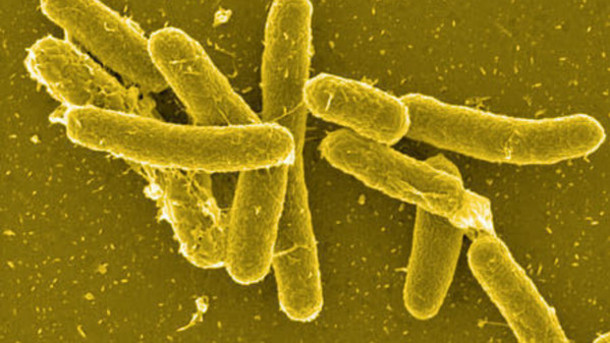US study identifies methods of salmonella transmission

A US graduate student is analysing how salmonella is transmitted within a chicken flock to find a way to prevent the spread of the major foodborne pathogen.
Despite salmonella being recognised as a major foodborne pathogen, the mechanism by which the bacteria are transmitted within a poultry flock is still poorly understood.
“My research work focuses on drawing an exact picture of how salmonella is transmitted when it is introduced into a chicken,” Yichao Yang, a graduate student at the University of Arkansas’ Department of Poultry Science said. “If we are able draw this picture very clearly, we can stop salmonella at an early stage, ensuring the safety of poultry products.”
Yang used genetically identifiable strains of the bacteria, allowing her to trace them as they spread from chicken to chicken and found that contrary to previous research, chickens can be infected by multiple strains at the same time.
Traceable strains throughout the flock
To track transmission pathways, Yang constructed a set of six identical but genetically marked strains by inserting six random nucleotides into the chromosome of S.enteritidis, a strain of salmonella recognized for causing foodborne illnesses. The nucleotides made each strain traceable as they spread throughout the flock.
Yang and her adviser, Young Min Kwon, assistant professor in poultry science, designed three sets of experiments to track salmonella transmission. The first experiment introduced salmonella into chicks orally, the second added a low and a high dose of salmonella to the water supply and the third introduced salmonella by infecting the feed with the low and high doses.
Mixed infections
Yang found that the strains were found after seven days in the chicks infected with high dose, whereas at 14 days nearly all the strains were identified in the chicks. Yang’s data also showed that culled infection or mixed infection happened in each chick.
“This is a pretty big finding, and I did not recognise it at first because a major theory in the field of salmonella transmission — called the colonisation inhibition theory — says that if one strain of salmonella infects a chick, a second strain cannot infect the chick, suggesting there might be unknown mechanisms involved,” Yang explained.
Further trials to be conducted
Yang presented her findings last month at the American Society of Microbiology’s 115th meeting in New Orleans and plans to continue her research work by conducting bigger trials to study these findings in further detail.
Join 31,000+ subscribers
Subscribe to our newsletter to stay updated about all the need-to-know content in the poultry sector, three times a week. Beheer
Beheer








 WP Admin
WP Admin  Bewerk bericht
Bewerk bericht